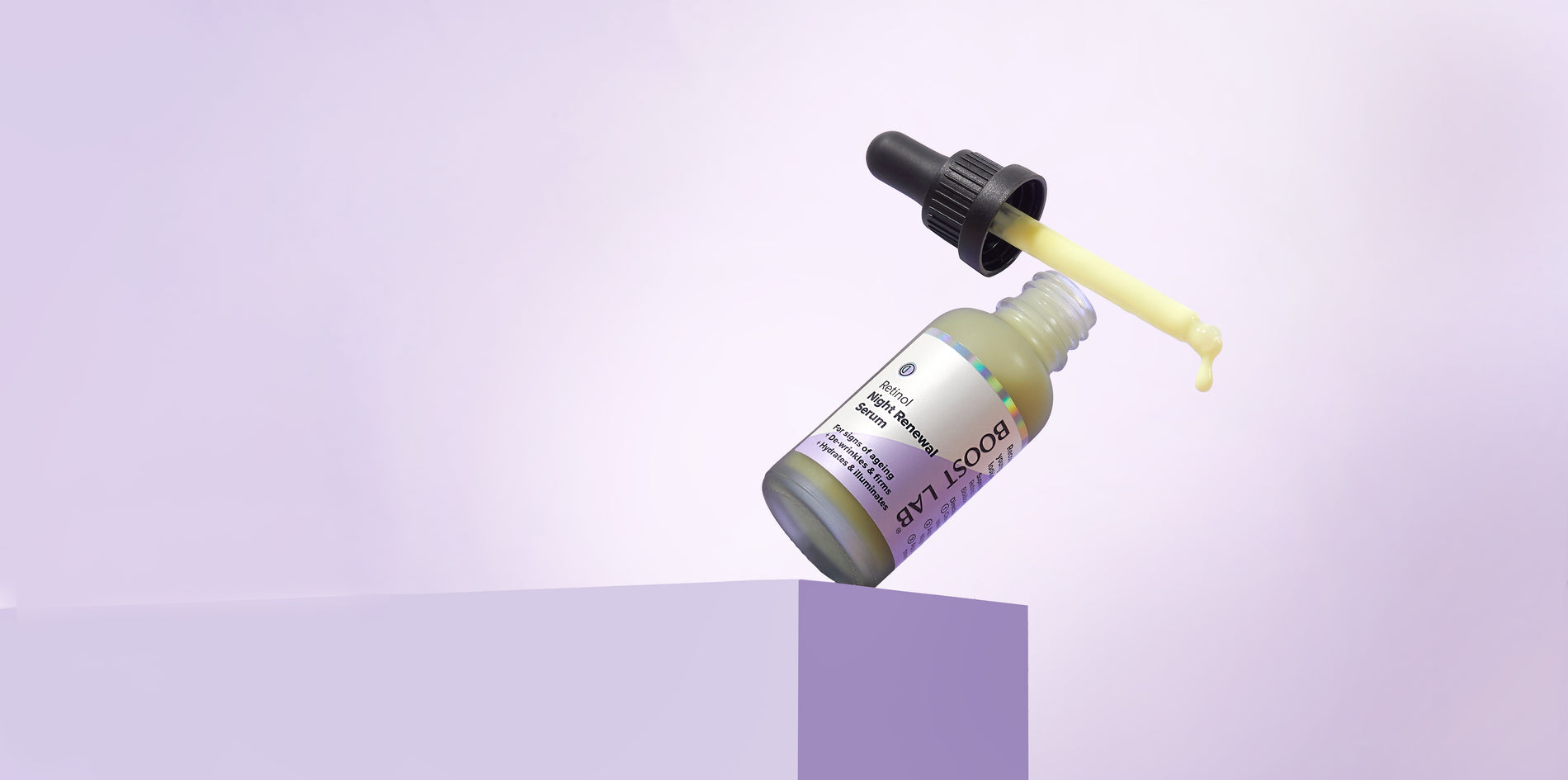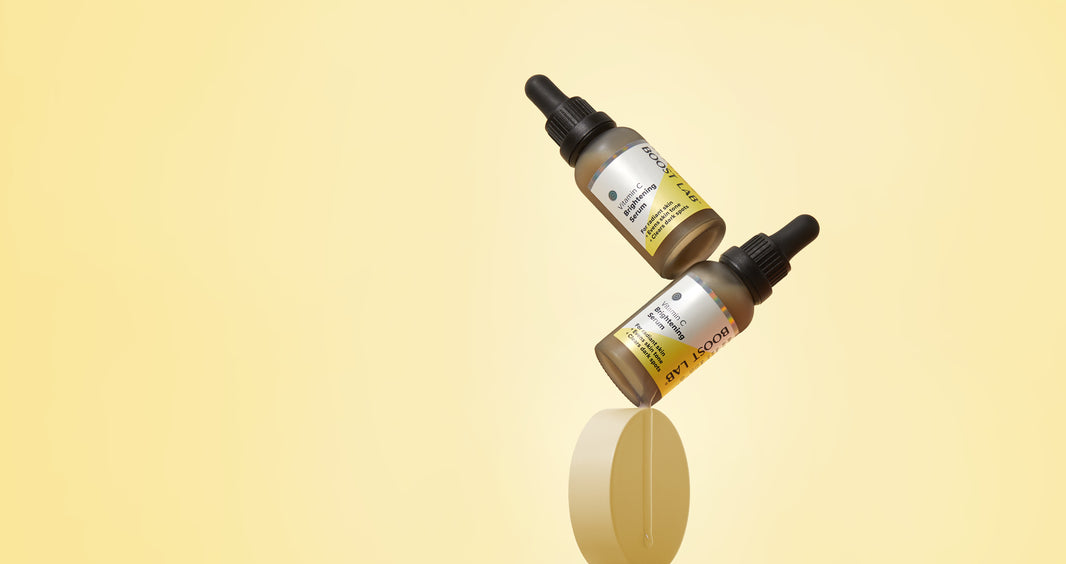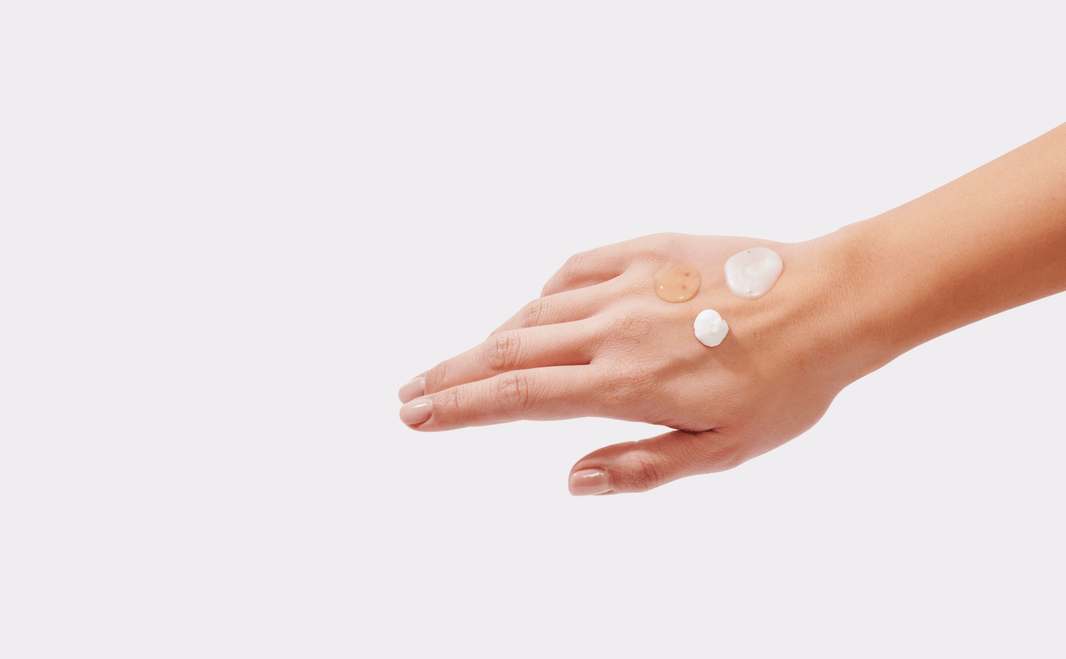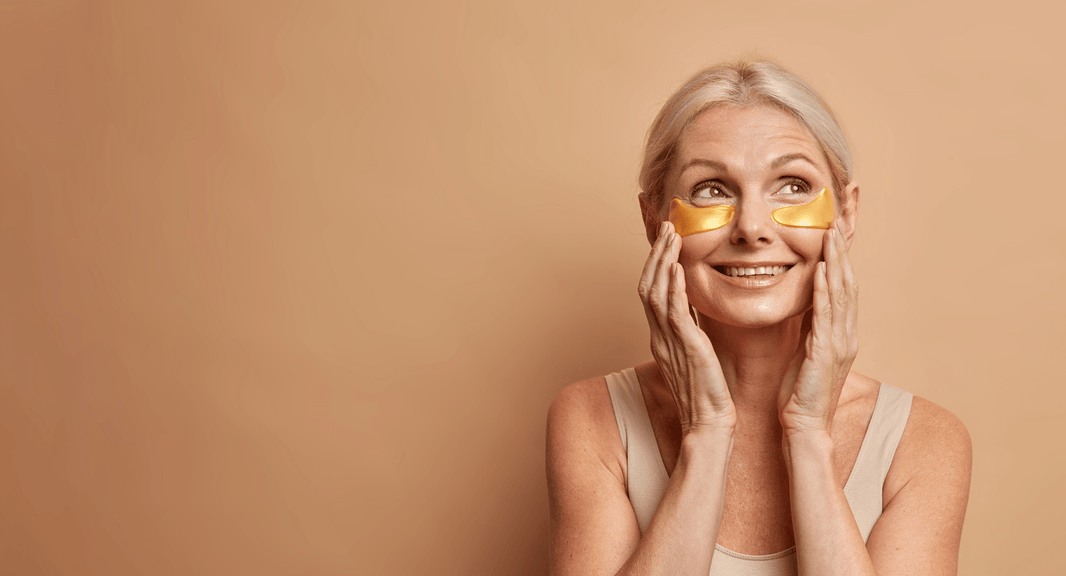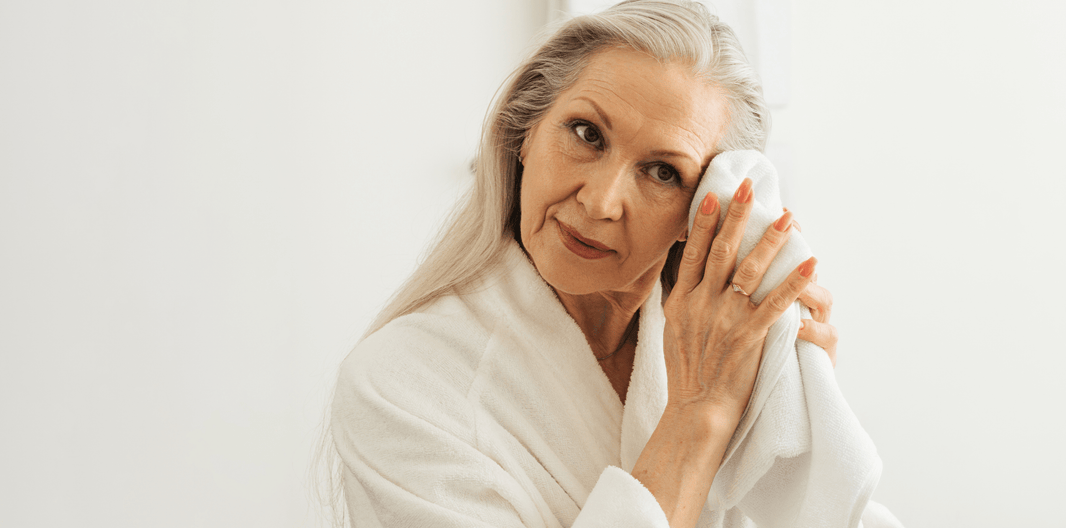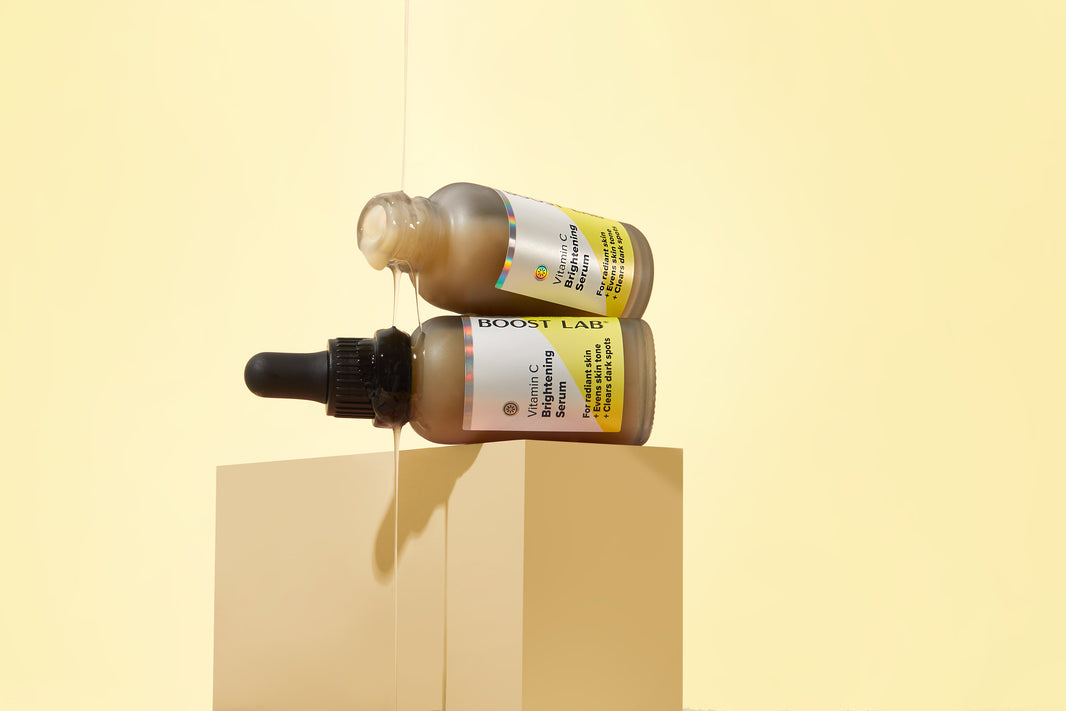When it comes to skincare, marketing teams across the globe are notorious for running wild touting 10% this or 15% that - unashamedly alluding to our least favourite myth of all time: that high percentage equals high performance.
Newsflash! Potency does not always equal efficacy.
Think of active ingredients as salt, and our skin a hot chip. The right amount of salt enhances the potato-y goodness and keeps us going back for more. Too much salt is straight-up unpalatable.
Same goes for our skin.
Use the right amount of an active ingredient such as retinol and you’re on your way to youthful, rejuvenated skin. Use too much, and you’ve got yourself a one-way ticket to skin barrier grief.
Active ingredients have specific, research-backed percentage ranges in which they deliver results at a safe and efficacious concentration. As a consumer, it shouldn’t be up to you to understand complex ingredient percentages. That’s our job, and we’re committed to keeping confusing percentages locked up in our lab where they belong - not on a billboard.
For those of you not satisfied with the hot chip analogy and starving for a lesson in science, here are three things that are FAR more important than ingredient percentages:
1. The formulas
Every single ingredient in the formula matters - not just the actives. Poorly formulated products with a high percentage of a particular active ingredient can be less effective at delivering results than a well-formulated product with a low percentage of an active ingredient - balancing efficacy and safety.
The formula is important in ensuring there isn’t a risk of aggravating the skin.
Our guiding principle when it comes to formulating products is to balance anything that could potentially irritate the skin with calming ingredients. For example, our AHA Glow Resurfacing serum is formulated with powerful lactic acid and balanced with aloe vera and Manuka honey so that skin is left both exfoliated and soothed.
2. Ingredient bioavailability
Bioavailability refers to the ingredient’s ability to penetrate into the skin without losing efficacy. Ingredients formulated with little to no bioavailability will have minimal effect on the skin, even in a really high concentration.
For example, a niacinamide serum may be formulated with a 20% concentration but, if the base formula compromises the active ingredient’s bioavailability - it won’t do anything for your skin. Think of bioavailability as a really good delivery system. If the actives can get where they need to go (i.e. under your skin), they’ll deliver results at a minimum and safe concentration.
3. How you layer
And finally, the golden rule that almost goes without saying - how you layer your skincare. The order of application of your skincare products will dramatically impact results and is far more important than chasing the highest percentage of individual ingredients.
Some active ingredients work well at 5%, others do brilliant work at less than 1%. And while it’s true, using less than the optimal amount may mean you see results more gradually, using more than clinically tested won’t mean you see results more rapidly - all it will do is aggravate your skin.
Our chemist is obsessed with ingredients, which means you don’t have to be. We keep up with the latest innovations and ingredient technologies and formulate our products with the right percentage of powerhouse ingredients to deliver optimal results without aggravating your skin.


